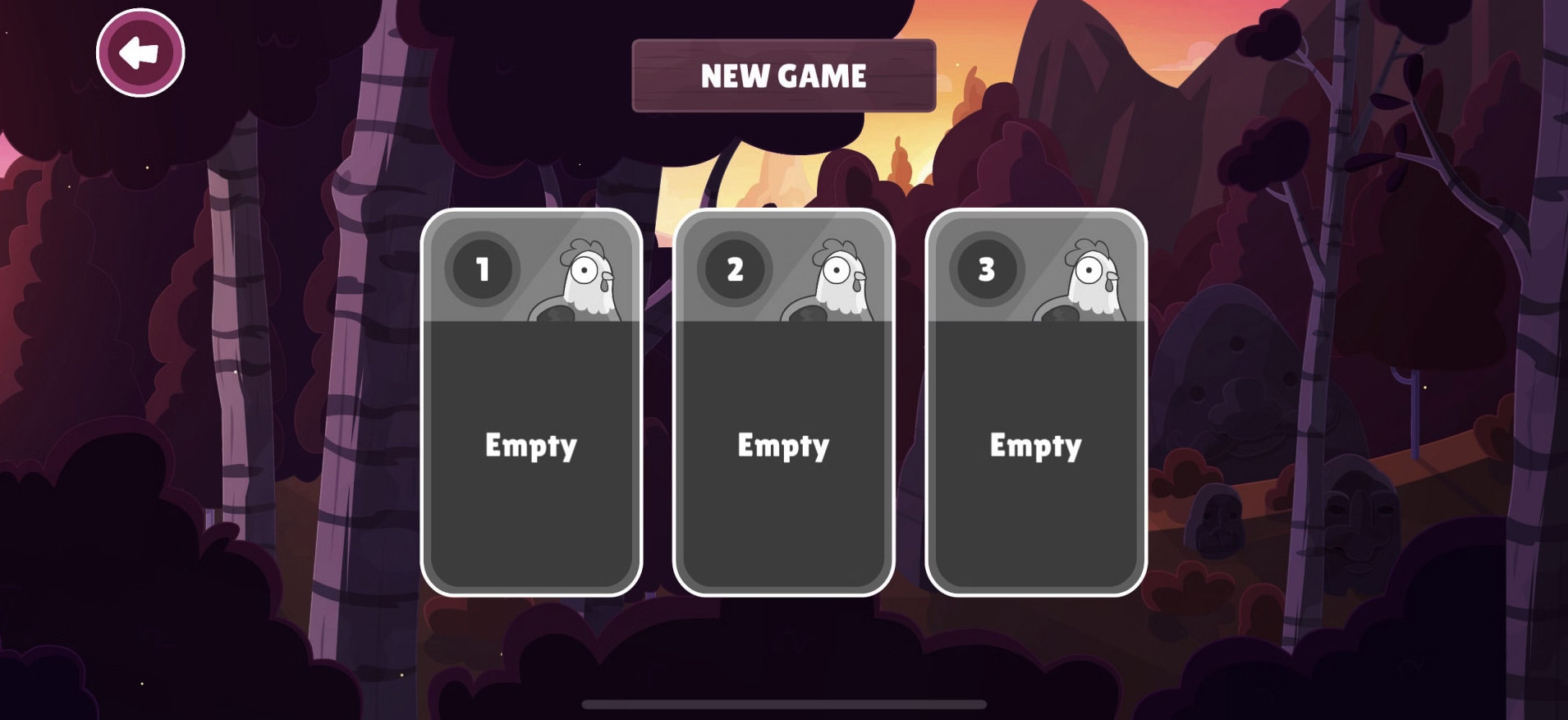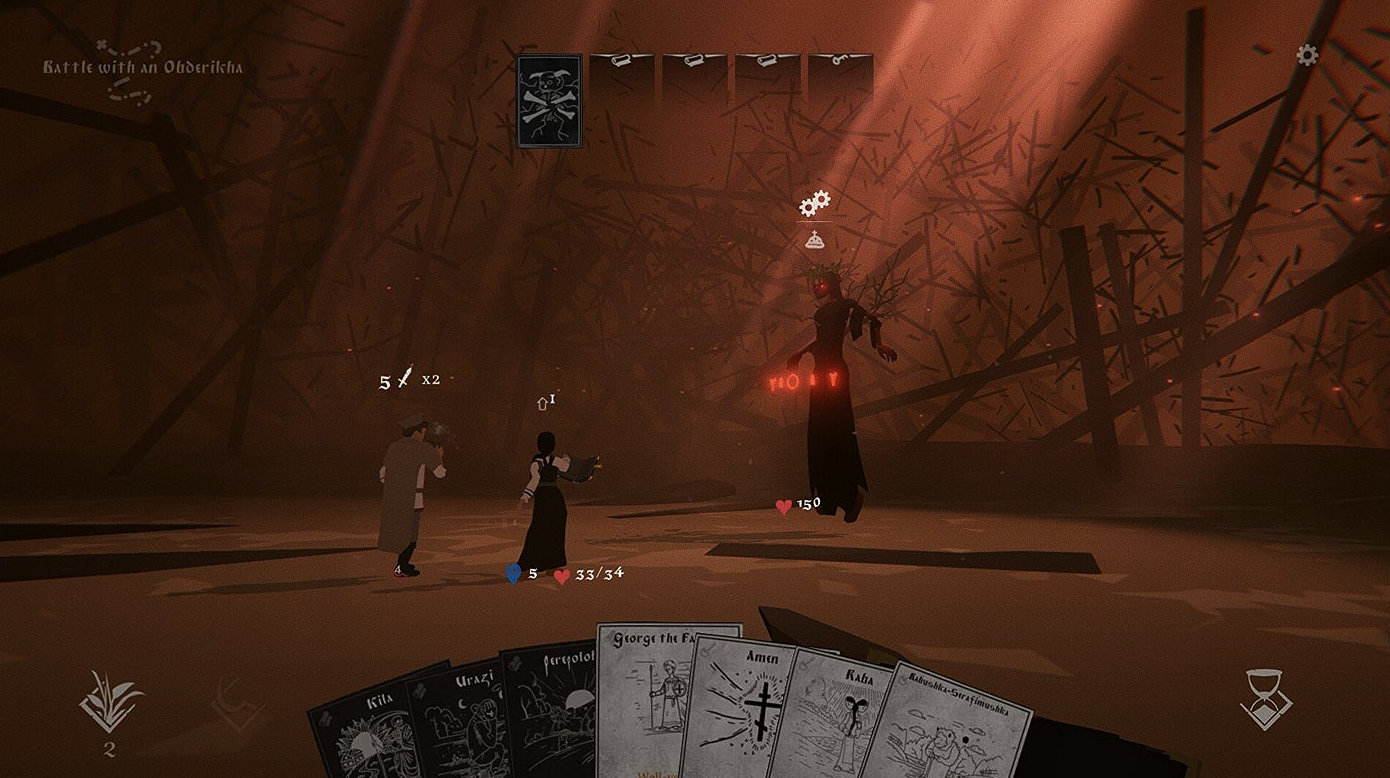Introduction to Visual Aesthetics in Gaming
Visual aesthetics play a crucial role in the gaming industry, as they significantly influence player engagement and overall experience. The visual presentation of a game often serves as its first impression, making it essential for developers to carefully consider their choices in style and design. Two primary categories of visual aesthetics in gaming are minimal and rich visuals, each offering distinct experiences and catering to different player preferences.
Minimal visuals focus on simplicity, utilizing basic shapes, color schemes, and uncomplicated character designs. This approach allows developers to create an environment that encourages players to focus on core gameplay mechanics and narrative elements rather than getting distracted by elaborate details. Games with minimal aesthetics often evoke a sense of serenity and introspection, making them well-suited for puzzle-solving or atmospheric experiences. Additionally, the clarity offered by minimal designs can enhance accessibility, ensuring that players of varying skill levels can enjoy the game without feeling overwhelmed.
In contrast, rich visuals present intricate details, vibrant colors, and elaborate character designs that create immersive worlds. This style often seeks to evoke emotional responses and transport players into a visually captivating realm. Rich aesthetics can enhance storytelling, allowing players to connect with characters on a deeper level and become invested in the game’s narrative. These games tend to attract audiences who appreciate stunning graphics and the artistic direction, leading to a more visually stimulating experience.
Both minimal and rich visual styles have their merits, and the choice between them depends on the game’s objectives, target audience, and intended emotional resonance. Understanding the impact of visual aesthetics is vital for developers striving to create engaging gameplay that resonates with players and enhances their overall experience.
Understanding Minimal Visuals
Minimal visuals in gaming are characterized by simplicity, offering a clean design that allows players to focus on the core mechanics without unnecessary distractions. These visuals often utilize a limited color palette and geometric shapes, which effectively enhance the gameplay experience. By stripping away excess detail, developers create an environment where the gameplay mechanics take center stage, allowing players to engage fully with the game.
Prominent examples of games employing minimal visuals include titles like “Journey,” “Limbo,” and “Thomas Was Alone.” Each of these games showcases how effective minimalism can be in conveying emotions and themes without overwhelming the player with intricate textures or complex graphics. The design philosophy surrounding minimal visuals centers on the idea that less can be more; by reducing visual clutter, players can immerse themselves in the game’s narrative and mechanics more fully.
The use of a limited color palette also plays a vital role in minimal visuals, as it helps set the mood and tone of the game. For instance, “Limbo” employs a monochromatic scheme that enhances its eerie atmosphere, drawing players into the world without bombarding them with visual information. Such design choices not only support the storytelling but also direct the player’s attention to important gameplay elements, fostering a deeper connection with the game’s objectives.
Moreover, minimal visual design can often lead to increased accessibility. Games that follow these principles tend to be easier to navigate for various player demographics, as they eliminate overwhelming sensory input. This accessibility makes it easier for both seasoned gamers and newcomers to engage with the game, ensuring a more inclusive gaming experience.
Exploring Rich Visuals
Rich visuals play a pivotal role in the gaming industry, characterized by detailed graphics, vibrant colors, and intricate designs. These visual elements elevate the overall gaming experience by creating immersive worlds that capture players’ attention and enhance storytelling. When done effectively, rich visuals can transport players into fantastical realms, allowing them to engage deeply with the narrative and environment.
A prime example of how rich visuals affect player engagement is seen in games such as “The Last of Us Part II” and “Red Dead Redemption 2.” Both games showcase exceptional graphic fidelity, using techniques such as lifelike character animations, carefully rendered landscapes, and dynamic lighting. These elements combine to create an emotional connection between the player and the game world. Players are not only drawn into the plots but also emotionally invested in the characters’ journeys, bolstered by the detailed artistry surrounding them.
Furthermore, rich visuals can enhance gameplay mechanics, making interactions feel more realistic and rewarding. For instance, in “Ghost of Tsushima,” players can appreciate the stunning beauty of the open world while engaging in sword fights or stealth gameplay. The richly detailed graphics provide context to the story and enhance the impact of choices made, all while contributing to a rich ambiance that keeps players engaged for extended periods.
Moreover, developers often utilize rich visuals to convey themes, emotions, and narratives. For instance, darker palettes and moody environments can set a tone of suspense or horror, while bright colors and whimsical designs may evoke joy or nostalgia. This versatility reinforces how rich visuals can be pivotal not just in aesthetic appeal, but in delivering an engaging and resonant gaming experience.
Player Engagement: The Psychology Behind Visuals
Player engagement in video games is significantly influenced by the visual design employed in the gameplay experience. Visuals serve not only as aesthetic elements but also play a crucial role in shaping emotional responses, impacting cognitive load, and determining overall enjoyment. Research indicates that minimal and rich visuals can elicit varying psychological reactions from players, which in turn affects their engagement levels. For instance, games with minimalistic designs often lead to a reduced cognitive load, allowing players to focus on gameplay mechanics rather than being overwhelmed by visual stimuli.
Minimal visuals typically use simple shapes, limited color palettes, and straightforward designs, which can enhance clarity and accessibility. Such designs attract players seeking a more contemplative gaming experience, facilitating deeper engagement through immersion in the gameplay rather than the visual spectacle. Players often feel a sense of tranquility and flow state, allowing them to navigate challenges with less distraction. This cognitive lightness can promote a sense of enjoyment, as players are not bogged down by extraneous visual details.
Conversely, rich visuals carry the potential to heighten emotional engagement. Games enriched with intricate graphics, vibrant colors, and elaborate animations often amplify emotional responses, drawing players into their narratives. The stunning imagery and detailed environments enhance the storytelling; players become more invested in the gaming world, cultivating heightened feelings of excitement and urgency. However, this richness can also increase cognitive load, potentially leading to sensory overload, which may deter prolonged engagement.
In summary, understanding the psychological underpinnings of player engagement through visual design is fundamental for game developers. By balancing minimal and rich visuals, developers can better cater to player preferences, ensuring a more engaging gaming experience. This duality reflects how critical visual elements are in both attracting and maintaining player interest over time.
Case Studies: Successful Minimal and Rich Visuals
To understand the impact of visual styles on player engagement, we can examine prominent case studies that effectively utilize both minimal and rich visuals. These games demonstrate how visual elements can harmonize with gameplay mechanics to create an engaging user experience.
One notable example of minimal visuals is the game “Thomas Was Alone.” This indie title employs simple geometric shapes to represent characters, coupled with a limited color palette. Despite its straightforward graphics, the storytelling and gameplay focus on platforming and puzzle-solving shine through. Players connect emotionally with the characters due to the unique narrative voice that accompanies the minimalist approach, demonstrating that evocative storytelling can be amplified through simplicity. The focus on navigation mechanics, combined with minimal distractions, allows players to concentrate on the gameplay itself, resulting in a deeply engaging experience.
In contrast, “The Witcher 3: Wild Hunt” showcases the power of rich visuals to enhance player immersion. The game features detailed environments, intricate character designs, and lifelike animations that bring its expansive fantasy world to life. This visual richness is complemented by complex gameplay mechanics, including exploration, combat, and a multifaceted quest system. The sumptuous visual presentation aligns with the narrative depth and emotional stakes of the storyline, thereby fostering player engagement. The attention to detail stimulates players’ senses and contributes significantly to their overall experience, pulling them into the intricacies of the game’s world.
These case studies illustrate how both minimal and rich visuals can be employed effectively to engage players. Whether through the emotional resonance of a simple design or the immersive quality of detailed graphics, the visual approach ultimately shapes the player’s interaction with the game and its mechanics.
Balancing Visual Styles for Optimal Engagement
In the competitive landscape of game development, the visual aesthetics of a game play a crucial role in player engagement. Striking a balance between minimal and rich visuals can create an enriching gaming experience that not only captivates players but also keeps them returning. Minimal visuals offer clarity and focus, while rich visuals provide depth and immersion. Developers must know how to effectively harmonize these two approaches to enhance gameplay without overwhelming players or sacrificing aesthetic quality.
One effective strategy for achieving this balance is to prioritize functionality. Developers can leverage minimal design principles in user interfaces and menus, ensuring that crucial information remains accessible and easy to interpret. By incorporating clean lines, ample negative space, and limited color palettes, players can focus on the gameplay without visual distractions. This minimalistic approach can coexist with rich, detailed environments and character designs that enhance the narrative and thematic elements of the game.
Another consideration is the use of contrast. Developers can employ vibrant and intricate visuals to highlight key elements within a predominantly minimal environment. This strategy creates focal points that guide player attention and promotes exploration without compromising overall engagement. Furthermore, implementing visual variety, such as dynamic lighting effects or animated elements, can bring richness to the minimal backdrop and stimulate players’ curiosity.
Iterative testing during development can provide valuable insights into player preferences. Gathering feedback on how players interact with both minimal and rich visuals can inform design decisions and adjustments, ensuring that the final product aligns with audience expectations. Harmonizing these two visual styles can facilitate a captivating gaming experience that resonates with players and maintains their interest from start to finish, thereby fostering long-term engagement.
Technological Advancements Impacting Visual Styles
The evolution of gaming visuals has been significantly shaped by advancements in technology and graphics engines. Over the years, developers have utilized breakthroughs in rendering techniques, computational power, and graphics processing units (GPUs) to create increasingly immersive experiences. These technological improvements have revolutionized the way visual styles are approached, enabling both minimal and rich visual designs.
One notable advancement is the introduction of photorealistic graphics engines, which allow for an unparalleled level of detail and realism in game design. With these engines, developers can simulate complex lighting effects, intricate textures, and lifelike character models, fostering rich visual experiences that captivate players. Games like “The Last of Us Part II” and “Cyberpunk 2077” exemplify this trend, demonstrating how enhanced graphics can keep players engaged through breathtaking visuals and dynamic environments.
In contrast, advancements have also favored minimal visual styles, allowing developers to distill games down to their core mechanics while still delivering engaging experiences. Inspired by design philosophies such as those seen in titles like “Journey” and “Limbo,” these minimalist approaches emphasize simplicity and abstraction. With improvements in vector graphics and user interface design, developers can craft visually appealing minimalist games that evoke strong emotional responses without overwhelming players with excessive detail.
The balance between minimal and rich visual styles is continually evolving, driven by the capabilities of graphics technology. Moreover, innovations in virtual reality (VR) and augmented reality (AR) are paving the way for new forms of engagement, as these technologies require unique visual adaptations to create an immersive experience. As developers experiment with the possibilities of these advancements, the gaming landscape will become increasingly diverse, catering to players with varying preferences for visual complexity.
Trends and Future of Visual Styles in Gaming
The gaming industry has continuously evolved, reflecting changes in technology, player preferences, and artistic expression. As we delve into the current trends in visual styles, it becomes evident that minimal and rich visuals both have their advocates. Minimal visuals, characterized by their clean lines and simplified mechanics, resonate with players seeking an immersive yet straightforward experience. These styles often complement narratives that prioritize storytelling over intricate graphics. In contrast, rich visuals attract players who appreciate high-fidelity graphics and the intricate details that today’s advanced technology can offer.
Several factors contribute to the evolution of these visual styles. Advances in hardware capabilities allow for detailed environments and character designs, pushing the boundaries of realism. Yet, the rise of indie game developers embracing minimalism has shown a robust interest in stylistic simplicity combined with deep gameplay mechanics. This juxtaposition has sparked discussions around hybrid visual styles that might merge the best of both worlds. For instance, a game may utilize minimalistic interfaces while leveraging rich, immersive backgrounds, thereby enhancing user experience without overwhelming the player.
Looking ahead, we anticipate a potential shift where hybrid styles become more prevalent in the gaming industry. By integrating the clarity of minimal designs with the depth of rich visuals, developers may create more engaging gaming experiences that appeal to a broader audience. With player preferences fluctuating, incorporating adaptive visual strategies will likely become a standard practice. Furthermore, as virtual reality and augmented reality technologies mature, the possibilities for visual styles will expand significantly, allowing for even greater creativity and innovation. This evolution suggests that visual aesthetics in gaming will continue to adapt to meet the desires and expectations of a diverse player base.
Conclusion
Throughout this discussion on the role of visuals in player retention, it is evident that visual design significantly influences player engagement. Both minimal and rich visual styles serve unique purposes, attracting diverse player demographics and enhancing overall gaming experiences. Minimal visuals, with their simplistic yet strategic designs, often appeal to audiences seeking clarity and focus. This style encourages players to concentrate on gameplay mechanics rather than being distracted by elaborate graphics, making it particularly effective in puzzle or strategy games.
Conversely, rich visuals, characterized by intricate graphics and vibrant color palettes, captivate players’ attention through aesthetic appeal. These visuals can create immersive worlds that draw players into compelling narratives and gameplay. Genres such as RPGs or action-adventure games particularly benefit from stunning visual design, as well-developed environments enhance storytelling and emotional investment. Rich visuals can evoke a sense of wonder, prompting players to explore and engage more deeply with the game.
The choice between minimal and rich visuals is not merely an aesthetic one; it is an essential factor in determining player retention and satisfaction. Developers must take into account their target audience’s preferences and the type of experience they aim to create. An understanding of these dynamics can facilitate the development of a game that resonates with its intended player base.
Ultimately, both visual styles contribute uniquely to player engagement and retention, reinforcing that there is no one-size-fits-all solution in game design. The success of a game often relies on the effective integration of visual elements that align with its core mechanics and target demographic. As the gaming industry continues to evolve, understanding and implementing the right visual strategies will remain crucial for developers striving to enhance player experience and retention.


